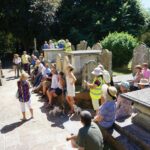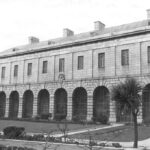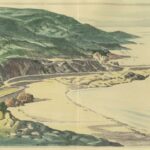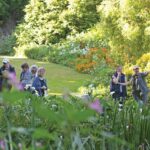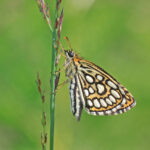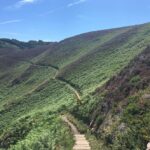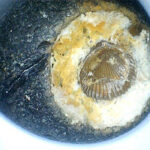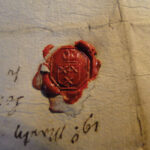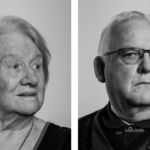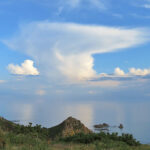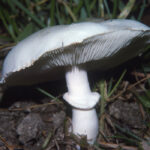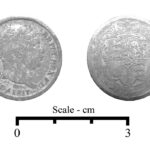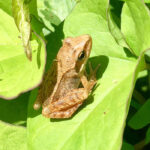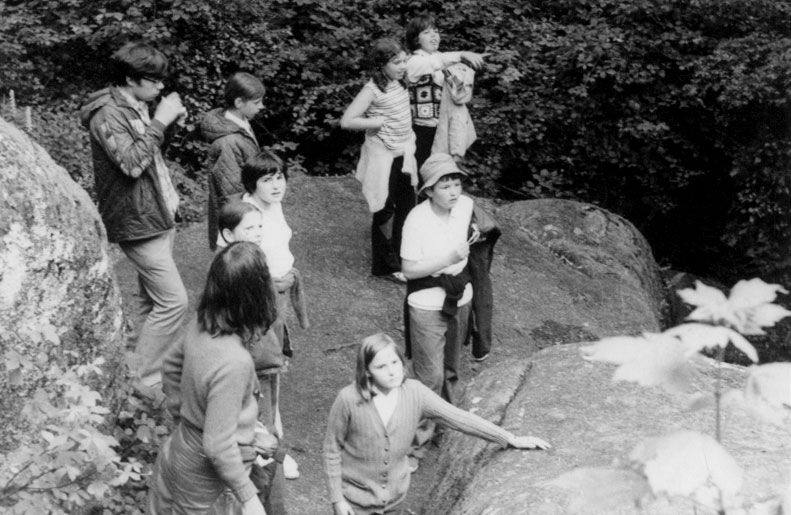Anyone involved in the activities of a Section does so for several reasons which may include personal enjoyment, wanting to support the aims of the Société, as well as the satisfaction of doing something that is worthwhile.
What is not always an immediate consideration, is selling what we do to others who are not part of the relevant Section.
What do I mean by the expression “selling”?
What it means is that for the Société’s Sections to be successful in what they do, they need supporters in the form of active Section members, as well as Société members generally (as well as the public) who will support the Société by recommendation, assistance and importantly financially through subscriptions, sponsorship and donations.
So where and how do Sections find these elusive supporters? The answer is that we need to market our activities in a way which resonates with them!
This E-News item is a summary of “selling” and what happened when the Archaeology Section and Department decided to undertake an excavation of a potential Iron Age farmstead last month. We didn’t get everything right from the outset, and as you will see, we adapted things as we went along to compensate for that.
The dig was scheduled to last three weeks, and therefore planning commenced months ago to get everything organised to do it, including permissions, recruiting some student members (who are currently studying archaeology) and ensuring that we had sufficient members available on site as part of the team.
We did get some preliminary media coverage in the months leading up to the dig, and we issued a further media release as it was about to start which resulted in some further media coverage which set out our aims for the excavation as we arrived on site.
Société Archaeology has a Facebook page, and we also thought it would be good to post about the dig, which we did. At this point we had not considered having the public on site except for a planned Open Day towards the end of the third week. That was surely enough, thinking that wouldn’t the public get in the way and interrupt our busy timetable if they turned up whenever they fancied it? We even put up fencing and a “No Admittance” sign at the field entrance to deter casual visitors wandering around the field and trenches!
Within a day of starting on site, we started getting questions (particularly on social media) asking when the site could be visited. This called for a rapid re-think by the site team as if we didn’t do something, we could have destroyed any positive response from the public that we might have gained.
We came up with the idea of turning the spoil heaps of topsoil from the trenches (the largest of which conveniently and by luck gave an elevated view of both trenches0 into a viewing platform. We hastily erected some plastic netting and tapes to cordon off the route to the viewing platform from the field entrance and put some information signs up (plus a few cautionary warning signs!).

Thereafter we had a steady stream of visitors who were “self-guided” and didn’t need our intervention. Even our organised visits were made much easier by being able to “guide” from the platform.
We had also arranged to have the Young Archaeologists’ Club from Jersey Heritage attend with their co-ordinator (who is a Section member and a member of the dig team) in the second and third weeks. To accommodate them, we created a cordoned off area near the trenches where they, armed with trowels and shovels, could do their own excavation in the topsoil (and doing no damage archaeologically) to try and find a few artefacts that we had seeded there!

What we hadn’t realised at the time was that we, with this cordoned off YAC area, had created an ideal area for any young child to be able to get involved in what was going on rather than being bored by looking on from afar. We had several mums, dads, grandparents being happy to supervise their kids playing in the dirt, like at a playground, and being happy that the kids were enjoying themselves as well as learning a little bit about archaeology!
Despite not being planned initially, the public access and young persons’ activity area were achieved without too much effort, and it would have been even less had we planned them from the beginning! And most of the time, it did not interrupt what we wanted to achieve, and the benefits were potentially enormous! We are going to plan these things from the outset next time!
I can also report that because of thinking about “selling”, the Section has:
- Gained media coverage on both BBC and ITV channels, radio, the JEP and even nationally in the Daily Express so far!
- Gained several potential active Section members keen to participate in our work, including our next digs.
- Received several permissions to survey other areas of land for archaeological remains.
- Received several leads as to other areas of land which might have similar age remains hidden beneath them (we went to some length to explain to visitors how we had come to choose Mont Cochon as a site and what signs we had noticed in the field beforehand)
- Received some donations towards the Section’s work.
- Discovered some local undergraduate archaeology students currently studying or about to start, who turned up on site.
- Found out that it wasn’t that difficult to cater for young people’s interests.
- Received a personal request to be kept up to date with the project from one of the Société’s Patrons, the Lieutenant Governor, who visited the site. (We’ll get him suitably kitted out to wield a trowel next time!)

We had assistance from the Numismatics Section whilst we were on site and we will also be contacting some of the other Sections for assistance in our further interpretations on our data and artefacts – Geology; Marine Biology and Zoology in respect of the food waste finds; and perhaps Botany, if we find any seeds when we analyse hearth soil and charcoal samples. In hindsight, we could have highlighted this before we started to gain wider publicity for the other Sections. A lesson learnt for next time!
So, in my view, as food for thought – if we, the Sections of the Société, take a little time to think about what we are doing, whether we can involve other Sections, and the way that it might resonate with the public and other Société members, then do a bit of “selling” before and whilst we are doing it, it should reap great rewards!
And finally, we did make some tremendous finds proving that the Mont Cochon site is an Iron Age habitation site / farmstead and artefacts which when cleaned and analysed, should move our understanding of the period further forward. But I will leave Hervé to report on that in more detail!
Marc Yates
Chair, Archaeology Section
